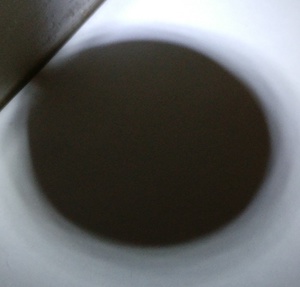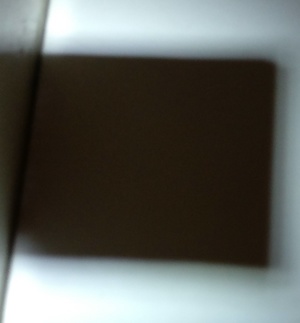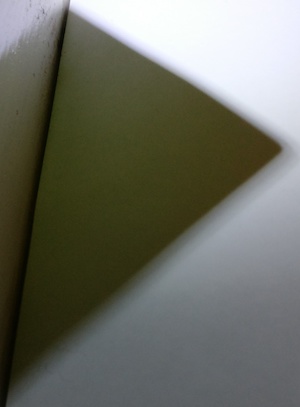Or search by topic
Number and algebra
Geometry and measure
Probability and statistics
Working mathematically
Advanced mathematics
For younger learners
Shadow Play



- Problem
- Getting Started
- Student Solutions
- Teachers' Resources
Shadow Play
Here are four shadows created by four different 3D shapes (against a wall):




What could the 3D shapes be? How do you know?
Why do this problem?
Possible approach
It is important for children to have had lots of experience of handling and talking about 3D shapes prior to this activity, and it would be helpful to have lots of 3D shapes to hand.
You could start off the activity by choosing a particular shape and telling children that you're going to shine a torch on it so that you can see its shadow. (Alternatively, hold a shape under the light of a visualiser or overhead projector if you have one still.) Ask children what shape they think the shadow will be and why. Give them time to talk to a partner before discussing it as a whole class. You could repeat this once more with a different shape, or by shining the torch on a different face of the first shape, so that the group understands what is happening.
(It is quite tricky to create a perfect geometrical shadow while also holding the shape. The images in the problem were taken by temporarily sticking a shape to a wall. You may need to discuss this with your learners so that they appreciate which part of a shadow is being made by the shape itself and which part by another source, if applicable!)
Key questions
Possible extension
Possible support
It would be useful for children to try Skeleton Shapes before tackling this problem.
You may also like
Let's Investigate Triangles
Vincent and Tara are making triangles with the class construction set. They have a pile of strips of different lengths. How many different triangles can they make?

